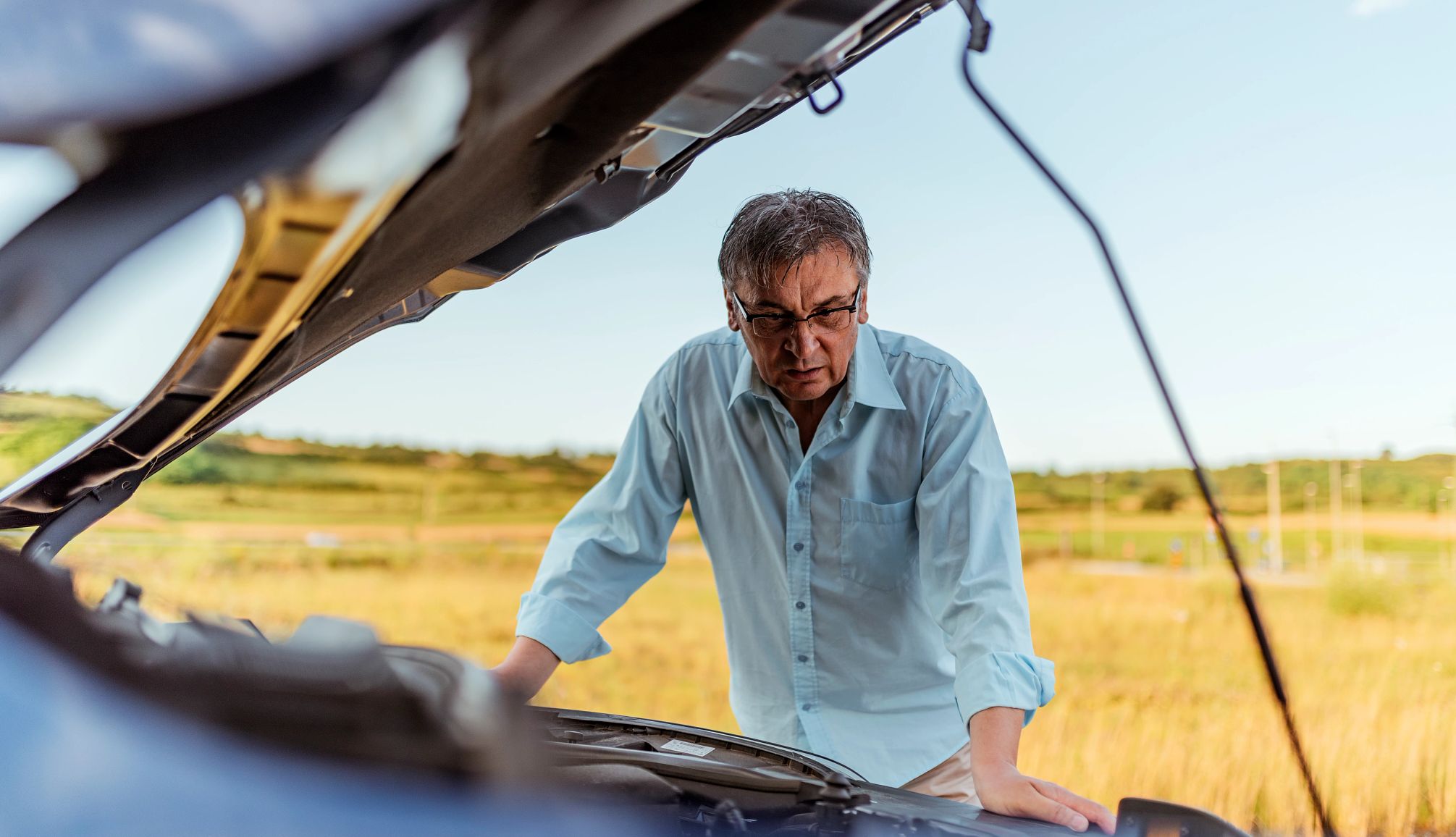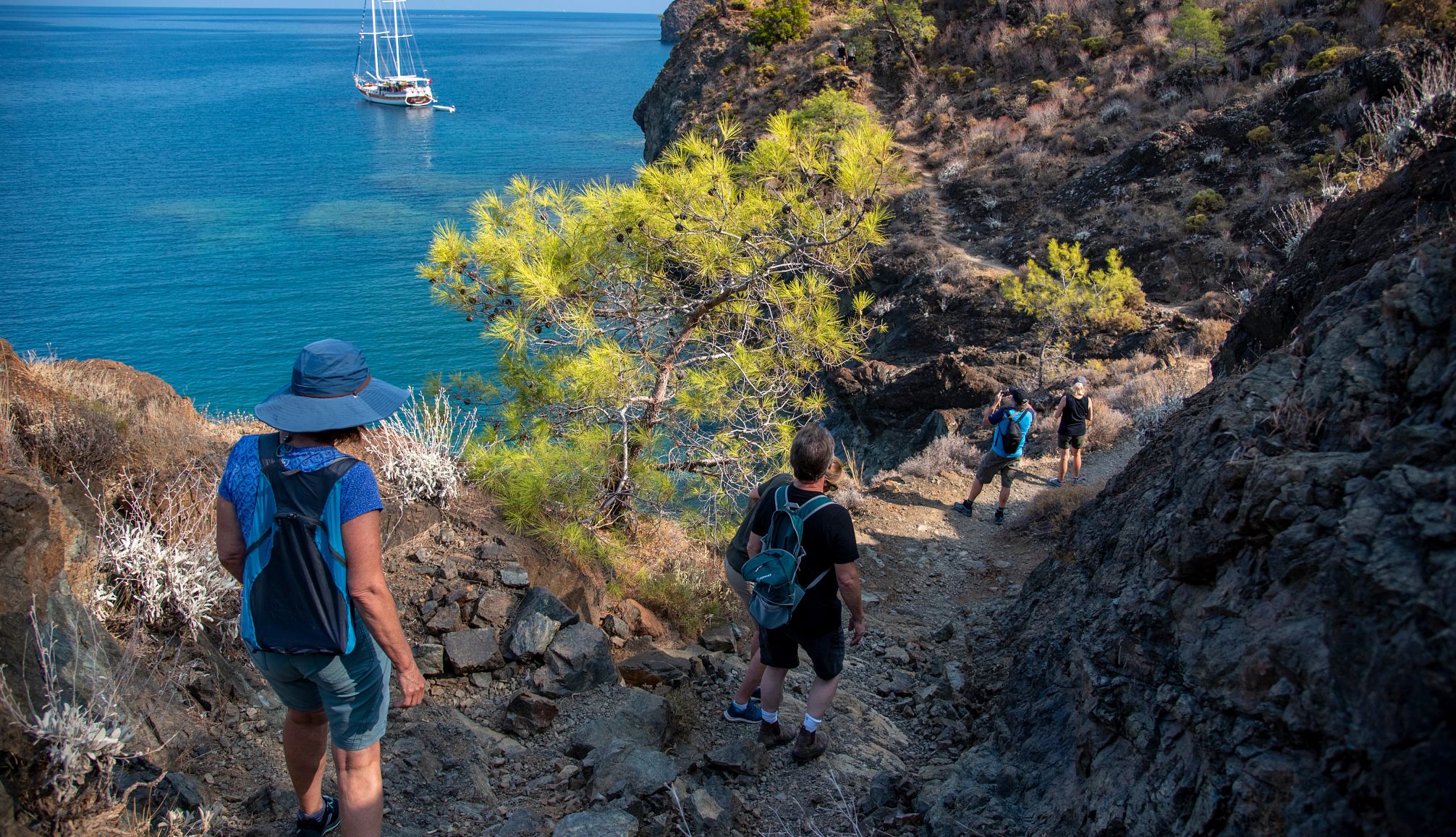AARP Hearing Center
You probably don’t need to look at official weather data to know that it definitely feels hotter than it used to. According to the National Oceanic and Atmospheric Administration, 2023 was the hottest year since global recordkeeping began in 1850, and climate scientists warn that extreme heat events will become more common.
Though anyone can fall victim to the effects, extreme heat is especially dangerous for people over 50. Heat does not dissipate as well in the bodies of people over 50, and if your body can’t cool itself, heat exhaustion (and potentially heatstroke) can set in. Additionally, people over 50 tend to have more chronic health problems and take more medications that can affect their ability to deal with heat.
Extreme heat can pose an inconvenient and potentially dangerous threat to your vacation plans as temperatures rise in popular summer destinations. Marc Taub, M.D., emergency physician and medical director of emergency services at MemorialCare Saddleback Medical Center in Laguna Hills, California, subscribes to the travel motto “Hope for the best, plan for the worst.” He explains that “with the summer travel season and hotter temperatures in this country, preparation and planning can help reduce the risk of injuries and illness.”
Here’s what else you need to know about traveling in the heat and humidity.
Preparation and packing
David Monteiro, a culture and hiking guide in Portugal and Cape Verde, Africa, with Wilderness Travel, notes the importance of preparing for your trip so you’re not caught by surprise. He offers the simple act of walking as an example. “If walking in the heat is going to be part of your trip, it is a good idea to prepare ahead of time by practicing being out in the heat before you travel, so your body and mind are used to the heat. Getting out a few times before your trip is better than nothing, although getting used to extreme/excessive conditions takes time.”
If you’re traveling in the heat, Monteiro suggests bringing lots of water, sunglasses, a lightweight long-sleeved shirt, a wide brim hat and salty snacks. Why the salty snacks? “When sweating, one loses salt, and you need to compensate [for] that loss,” he says. Without sufficient water and salty snacks, you may notice symptoms of dehydration, which can include thirst, dizziness, headache, fatigue, dark urine, constipation, muscle cramps and dry skin or mouth.
Proper hydration goes well beyond carrying a reusable water bottle (which is both smart and eco-friendly), and it actually starts before your trip. Other important hydration tips include:
- Drinking water leading up to and during the trip, including on the flight.
- Consuming water-rich foods such as cucumbers, bell peppers, watermelon and apples.
- Drinking electrolytes, be they from coconut water, pickle juice, Gatorade or electrolyte tabs, liquids or powder mixes that can be added to water.
- Taking it easy during the first 24 hours of your trip.
































































